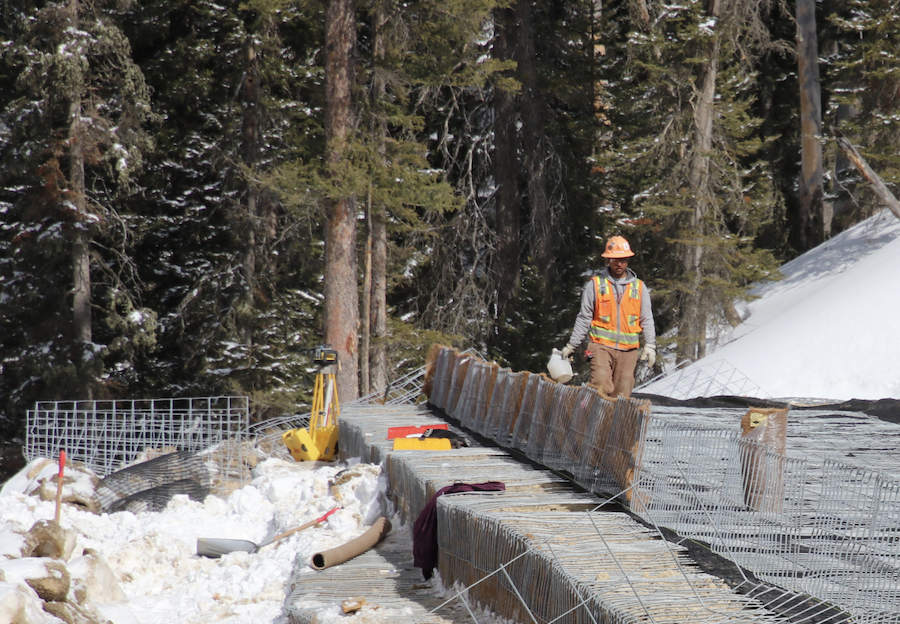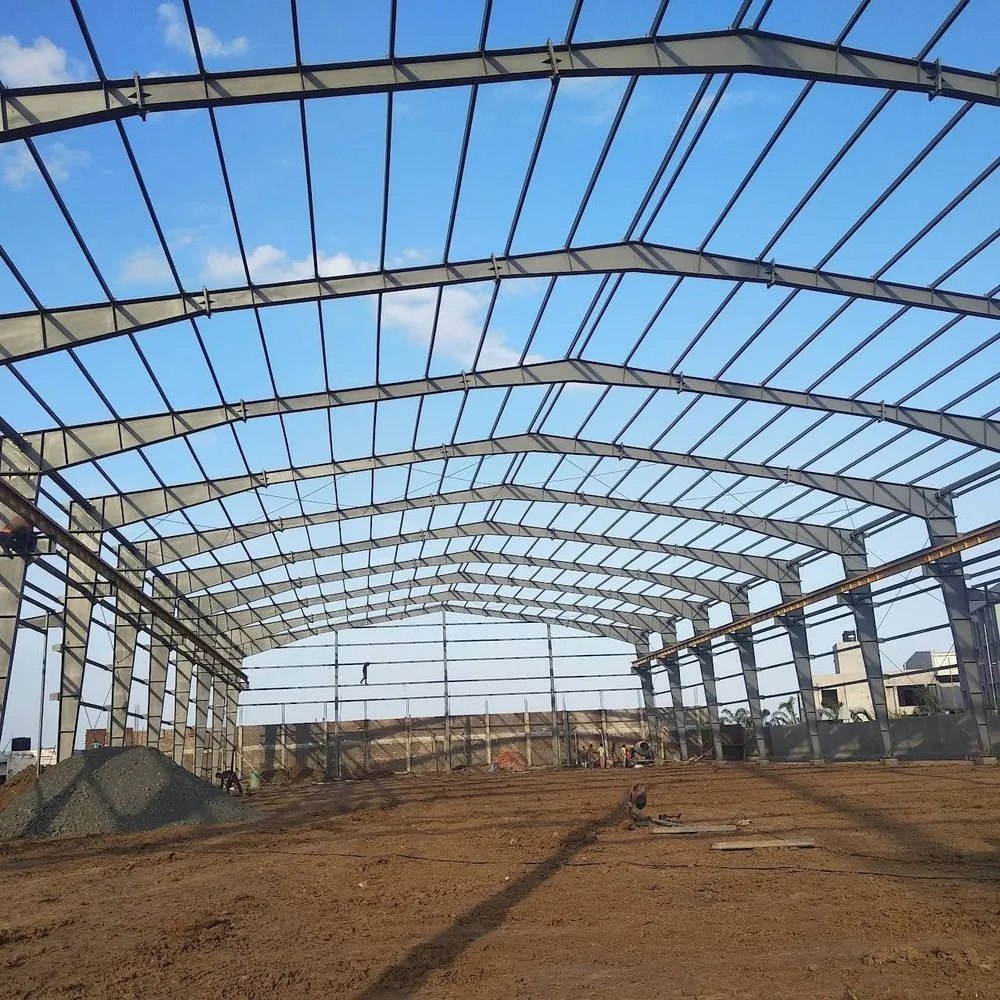
Crews Wrap Up Permanent Teton Pass Road Replacement
Just over a year after a landslide caused 600 ft of State Highway 22 on Teton Pass between Jackson, Wyo. and eastern Idaho to collapse, construction is complete on a rebuilt permanent section that uses lightweight foamed glass aggregate. Crews with a team led by Ames Construction and Keller are completing punch list items and seeding new trees for the newly opened section of the busy commuter and tourist route.
The highway section was closed last year by the Wyoming Dept. of Transportation, which had been monitoring the slide-prone area and hired Evans Construction as an emergency contractor to stabilize it. Evans quickly mobilized on June 7, 2024 to repair a crack and a drop in the road near mile marker 12.8 and removed asphalt to minimize the weight on the unstable ground. Despite their efforts, the road was dropping about 6 in. per hour, and collapsed June 8.
“In this area, about every 10-15 years we have a landslide that blocks the road, covers it in mud or debris, or the road falls out,” says Bob Hammond, state DOT resident engineer. It usually happens around May or June, when the winter snow melts, he adds. “We recognize that if there are five nights in a row with no freezing, there will be a larger amount of melt. With the saturated ground, something will let loose somewhere.”

Collapsed section of Teton Pass is known to be landslide-prone.
Photo courtesy Ames Construction
While Evans completed the emergency detour and opened it to traffic by the end of last June, the DOT began planning for the permanent fix, which would come in two work packages and cost about $40 million. Hammond says the first work package was ready in about two months, with another month for the second.
“The contractor was on board about four weeks after the landslide,” he adds, noting that the state DOT “mimicked” the construction manager-general contractor delivery method after consulting with peers such as the Colorado DOT. “Now we’re writing up our policy” on the delivery approach, he says.
RJ Engineering and Consulting designed the permanent embankment and roadway, originally with a lightweight flowable concrete material. Ames proposed using Aero Aggregate’s foam glass material due to its durability and waterproof nature, says Hammond.
Crews layered the 60,000 cu yd of glass aggregate with crushed base to achieve a composite effect, he notes. The glass material by itself “was almost too light – 25 pounds per cubic foot. We were shooting for 60 pounds or so,” he says.
The work entailed a 100-ft-deep excavation adjacent to the temporary detour. Burns Cooney Dennis designed a soil nail wall system to provide support, with 350 ft of shoring and two walls.
Pete Schexnayder, Ames project manager, estimates there was around 64,000 cu yd of excavation, with 19,000 cu yd used to build a haul road. To meet schedule constraints including limited winter activity, crews utilized a geotextile wire mesh face for the sloped part of the road embankment. It consists of hollow bars installed as deep as 50 ft and horizontal drains.
Following temporary soil nail construction, crews installed horizontal drains and micropiles installed at the base of the permanent embankment as deep as 60 ft, says Schexnayder.
RJ Engineering designed the micropiles to provide shear reinforcement at the base of the embankment with fill above. After the micropiles were installed, crews placed a 6- to 8-ft layer of 6-inch rock around them, built two concrete caps on top and placed 2-ft lifts of the foamed glass aggregate alternating with 4-ft sections of crushed base, up to 100 ft total.
Crews completed the permanent road and demolished the temporary detour over a weekend of total traffic closure, opening the new road on June 30, a month early, says Schexnayder. Hammond adds that stakeholders were asked whether they preferred still using the detour while work took 10 days and meant traffic delays, or use other detours for a single weekend. Everyone said the latter “was a better plan,” he says.
Archie Filshill, founder and CEO of Aero Aggregates, says use of the material on the project diverted the equivalent of 50 million glass bottles from landfills. Shipping this volume of material would have required six times more truck runs if heavier, traditional fill materials had been used.
While the firm’s product is noted for its role in the swift construction of a temporary embankment to support Interstate 95 in Philadelphia in 2023 after a fire, most projects using it are permanent structures such as the Teton Pass road and airfield infrastructure such as at Philadelphia airport, he adds.
Post a Comment
You must be logged in to post a comment.





